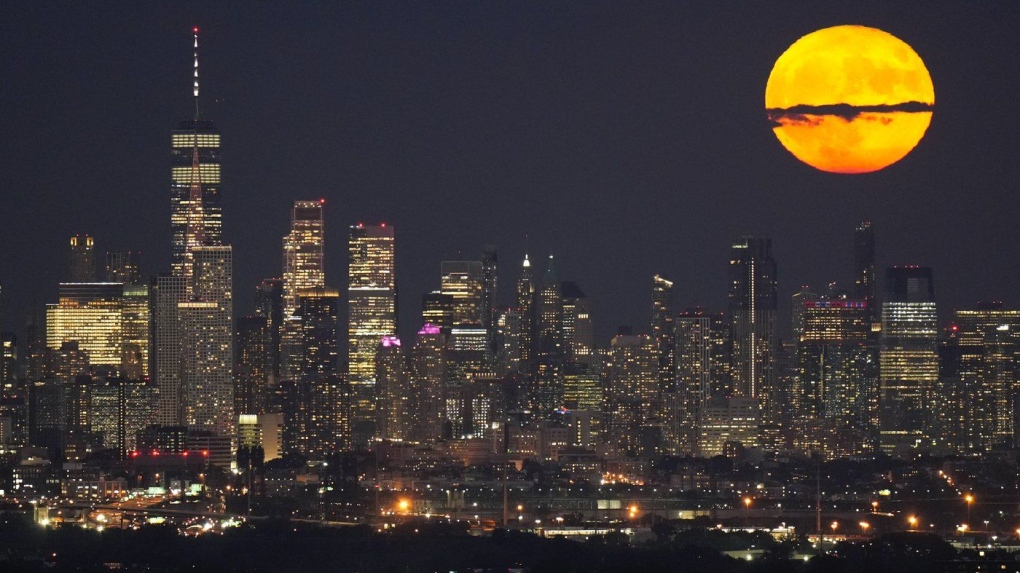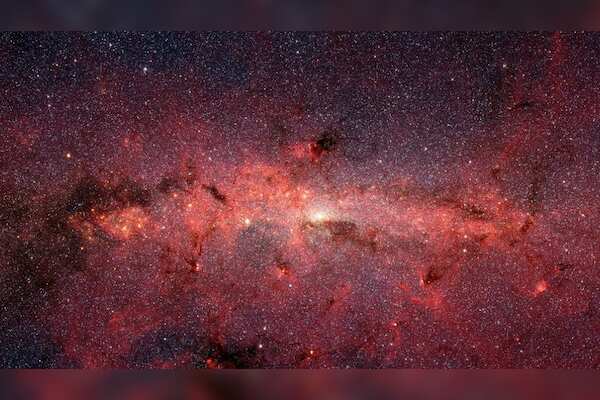A groundbreaking revelation has been made by scientists regarding a supernova explosion that took place billions of light-years away, causing a temporary disruption in the Earth's ozone layer in the year 2022. On October 9, 2022, telescopes were able to capture a stream of high-energy photons heading towards Earth, indicating the occurrence of a supernova explosion that was approximately 1.9 billion light-years away.
These cosmic events, known as gamma-ray bursts, have been described by astronomers as the most luminous events in the universe. The recent discovery unveiled the impact of this burst on the ionized particles present in the Earth's upper atmosphere, including ozone molecules that play a vital role in absorbing harmful solar radiation. Pietro Ubertini, an astronomer at the National Institute of Astrophysics in Rome involved in the investigation of this atmospheric event, noted that the ozone layer was temporarily depleted as a result of the explosion. Although the ozone layer swiftly repaired itself after a few minutes, Dr. Ubertini emphasized that if a supernova were to occur in closer proximity to Earth, the consequences could be catastrophic. The findings of this study, released on November 14 and published in the journal Nature Communications, highlight the ability of distant cosmic explosions to impact the Earth's atmosphere, serving as a significant indicator of extreme cosmic phenomena. Gamma rays, emitted during such events, have the potential to damage the ozone layer for days or even months. While it has been established that gamma-ray bursts can ionize molecules in the lower ionosphere, this instance marks the first time researchers have confirmed the extensive influence of such cosmic occurrences on the entire ionosphere, as Laura Hayes, a solar physicist at the European Space Agency, explained in a statement to The New York Times. Dr. Hayes emphasized the rarity of distant cosmic phenomena causing substantial atmospheric disruptions and expressed gratitude that this particular gamma-ray burst was so distantly located, making its effects more of a scientific fascination rather than a serious threat. However, Dr. Ubertini cautioned that if the magnitude of a gamma-ray burst were to increase significantly, it could lead to the ionization of a substantial amount of ozone, weakening the protective shield for an extended period of time. In conclusion, this unprecedented discovery sheds light on the interconnectedness of cosmic events and our planet's atmosphere. The scientific community continues to unravel the mysteries of the universe, using such occurrences as learning opportunities to better understand the complexities of the cosmos. The study serves as a reminder of the fragility of our atmosphere and the importance of monitoring and studying cosmic phenomena for the sake of our planet's well-being.Supernova Explosion Billions of Light-Years Away Caused Temporary Disruption in Earth's Ozone Layer in 2022
 10 months ago
18622
10 months ago
18622
Related
Witnessing the Lunar Show: A guide to watching August's supe...
1 month ago
2232
Insights from James Webb Space Telescope Resolve Debate on U...
1 month ago
1755
Commercialization of Women's Health: The Impact of Feminist ...
7 months ago
19811
Trending in United States of America
Popular
Nokia Reaches 5G Patent Agreement with Vivo After Lengthy Le...
7 months ago
26048
Apple's Upcoming Tablet Lineup: iPad Air to Introduce Two Si...
9 months ago
25976
Xiaomi's First Electric Car, the SU7 Sedan, Enters the EV Ma...
8 months ago
25364
The European Parliament's Bold Move to Combat Smartphone Add...
9 months ago
25312
Unveiling ChatGPT's New 'Memory' Feature Revolutionizing Use...
7 months ago
25212
© OriginSources 2024. All rights are reserved








 English (US)
English (US)